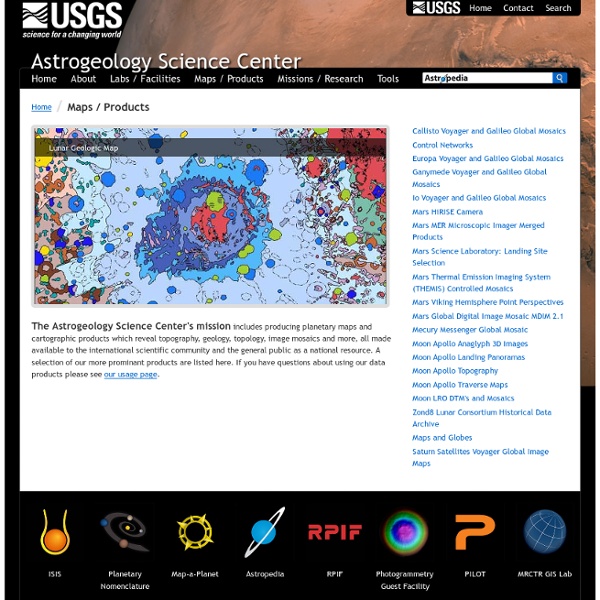



Photojournal: NASA's Image Access Home Page Seriously jaw-dropping picture of the Sun Need your slice of awesome today? Then check out this truly astonishing picture of a detached prominence off the limb of the Sun: Holy wow! Click to ensolarnate. And I mean it: you want to see the bigger version of this. This picture was taken by Alan Friedman, who is no stranger to this blog: his picture of the boiling Sun last year was hugely popular, and so amazing I featured it as one of my top pictures of 2010. And with this he’s done it again… and maybe even topped it. Alan used a filter that lets through only a very narrow wavelength of light emitted by hydrogen (called Hα for those of you keeping track at home), so this tracks the activity of gas on the solar surface. The scene-stealer is that detached prominence off to the left. The beauty of this picture belies its violence and sheer magnitude: the mass of material in a prominence can easily top 10 billion tons! Yegads. You really need to go and see the rest of Alan’s photography at his site, Averted Imagination. Related posts:
21 Unbelievable Photographs of Mars Mars is the fourth planet from our Sun in the Solar System. Out of the various planets and moons in our Solar System, Mars perhaps bears the most similarity to Earth, featuring an atmosphere, polar ice caps, and remnants of tectonic activity on the planet’s surface. Mars has fascinated both astronomers and the general public for years, and has been the subject of countless movies and fiction works. Currently, several nations in the world are planning to send missions to Mars for exploration, and NASA’s Spirit Rover recently ended a 6 year exploration of the surface after becoming trapped in sand. This post will feature 21 unbelievable photographs of Mars, captured by telescope and by space probe. You’ll get to see up close what another planet in our Solar System looks like.
15 Mind-Blowing Featured Images by NASA The NASA Goddard Space Flight Center is home to the United States’ largest organization of combined scientists, engineers and technologists that build spacecraft, instruments and new technology to study the Earth, the sun, our solar system, and the universe. They are also home to some of the most amazing images, visualizations and videos NASA has to offer! Please do yourself a favour and check out their incredible Flickr page which has thousands of images with wonderfully detailed descriptions. Below is a collection of 15 mind-blowing featured images from NASA. 1. The STEREO (Ahead) spacecraft caught this spectacular eruptive prominence in extreme UV light as it blasted away from the Sun (Apr. 12-13, 2010). 2. This is a mosaic image, one of the largest ever taken by NASA’s Hubble Space Telescope of the Crab Nebula, a six-light-year-wide expanding remnant of a star’s supernova explosion. The orange filaments are the tattered remains of the star and consist mostly of hydrogen. 3. 4. 5. 6.
The Galaxy Wars! Astronomer's are discovering almost daily that galaxies are voraciously hungry entities, growing by merger and acquisition, Here, a pair of galaxies NGC 1531/2, are engaged in a deadly waltz, located about 70 million light-years away towards the southern constellation Eridanus (The River). The deformed foreground spiral galaxy laced with dust lanes NGC 1532 is so close to its companion — the background galaxy with a bright core just above the centre of NGC 1532 — that it gets distorted: one of its spiral arms is warped and plumes of dust and gas are visible above its disc. The cosmic fandango leads to another dramatic effect: a whole new generation of massive stars were born in NGC 1532 because of the interaction. They are visible as the purple objects in the spiral arms. This exquisite image was made using the 1.5-metre Danish telescope at the ESO La Silla Observatory, Chile. Credit: ESO/IDA/Danish 1.5 m/R.Gendler and J.
Sun`s path June to December « Helpmyphysics Last June I placed some photographic film into a tin cannister with a small hole punched into its side. The tin cannister was then attached to a clothes pole in my backgarden and left. This afternoon I fetched the cannister and took the photographic film out. My son John scanned the photographic film and with the aid of some image software made the image negative. The result is the picture above. The picture clearly shows the path of the sun through the sky over the last six months. This has been a fascinating simple project that was carried out very easily. Solar Path Experiment
Astronomy Picture of the Day Discover the cosmos! Each day a different image or photograph of our fascinating universe is featured, along with a brief explanation written by a professional astronomer. 2016 April 15 Mercury and Crescent Moon Set Image Credit & Copyright: Miguel Claro (TWAN, Dark Sky Alqueva) Explanation: Innermost planet Mercury and a thin crescent Moon are never found far from the Sun in planet Earth's skies. Taken near dusk on April 8, this colorful evening skyscape shows them both setting toward the western horizon just after the Sun. Tomorrow's picture: Heliopause Electrostatic Rapid Transit System Authors & editors: Robert Nemiroff (MTU) & Jerry Bonnell (UMCP)NASA Official: Phillip Newman Specific rights apply.NASA Web Privacy Policy and Important NoticesA service of:ASD at NASA / GSFC& Michigan Tech.